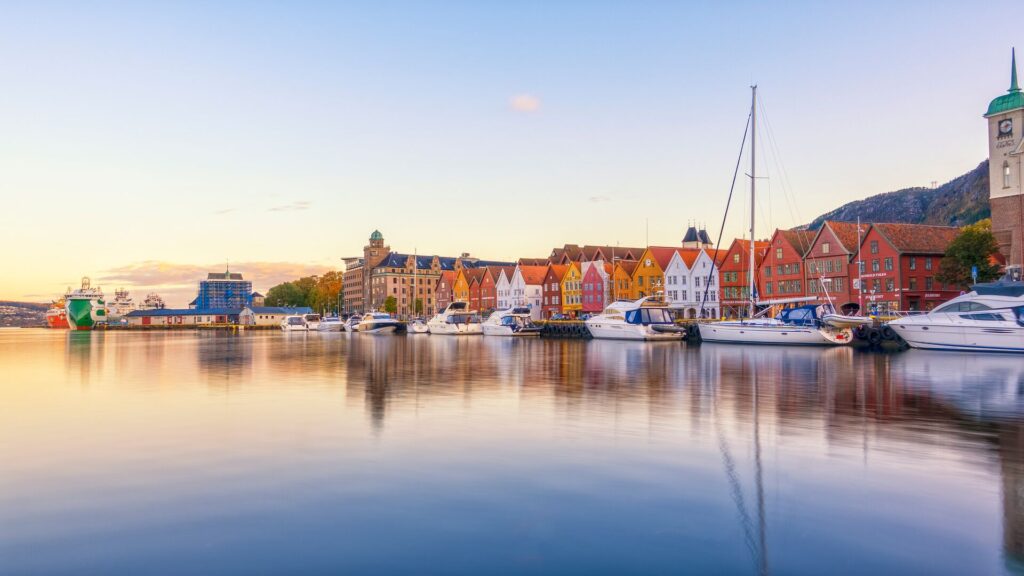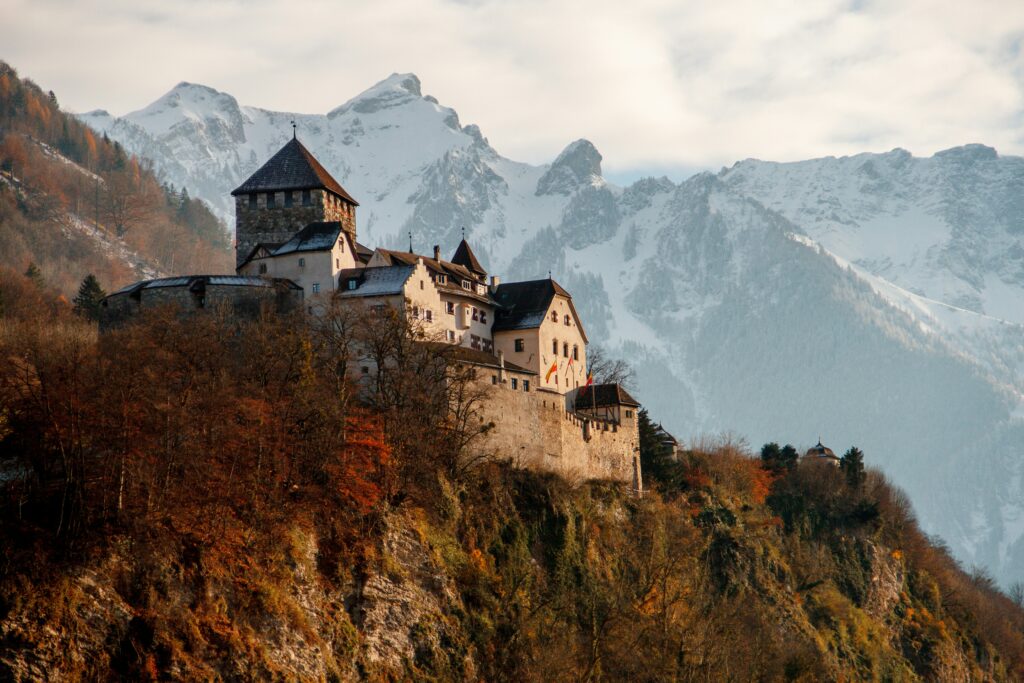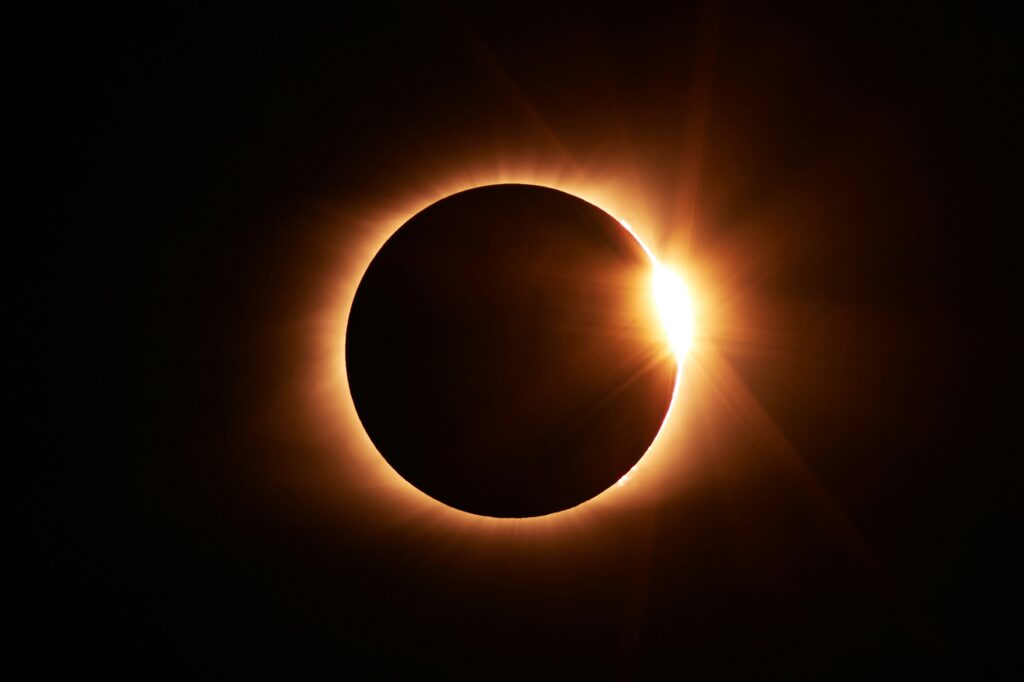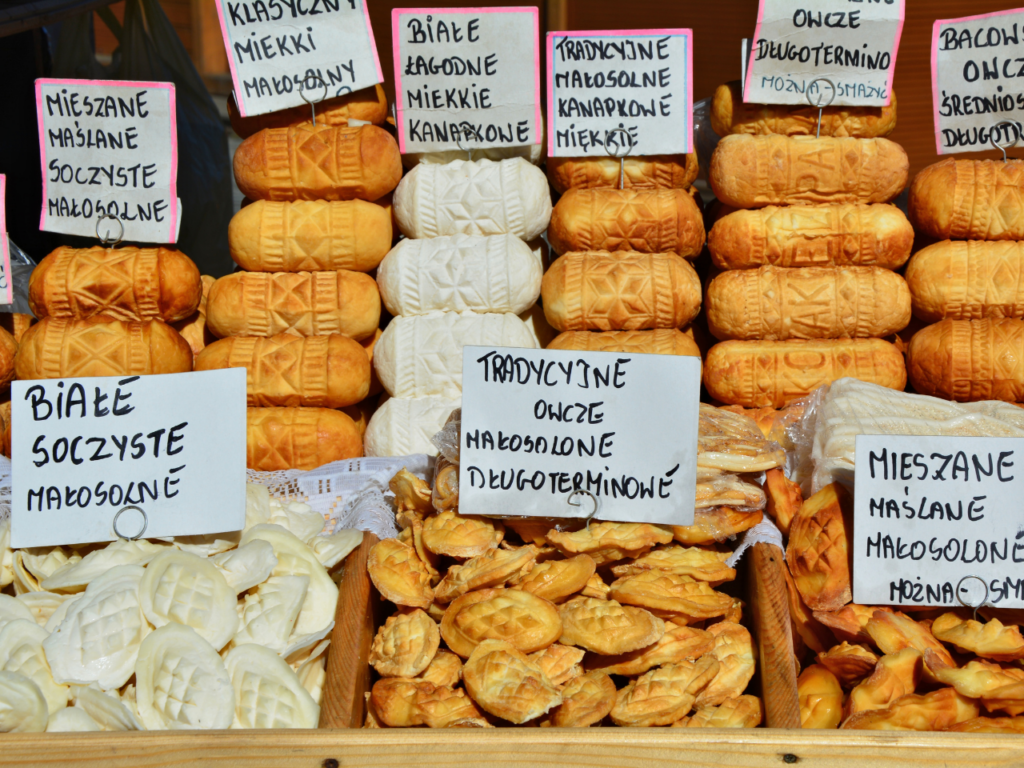Topping many travelers’ bucket list, the ethereal phenomenon of the northern lights has captivated humanity’s imagination for centuries. And, for the curious traveler the northern lights history also holds a mystical allure.
Also known as the aurora borealis, these mesmerizing displays of dancing lights in the night sky have sparked numerous legends, myths and awe-inspiring tales across cultures. We take a look at northern lights history and science to see what lies behind earth’s greatest light show.
The science behind aurora borealis
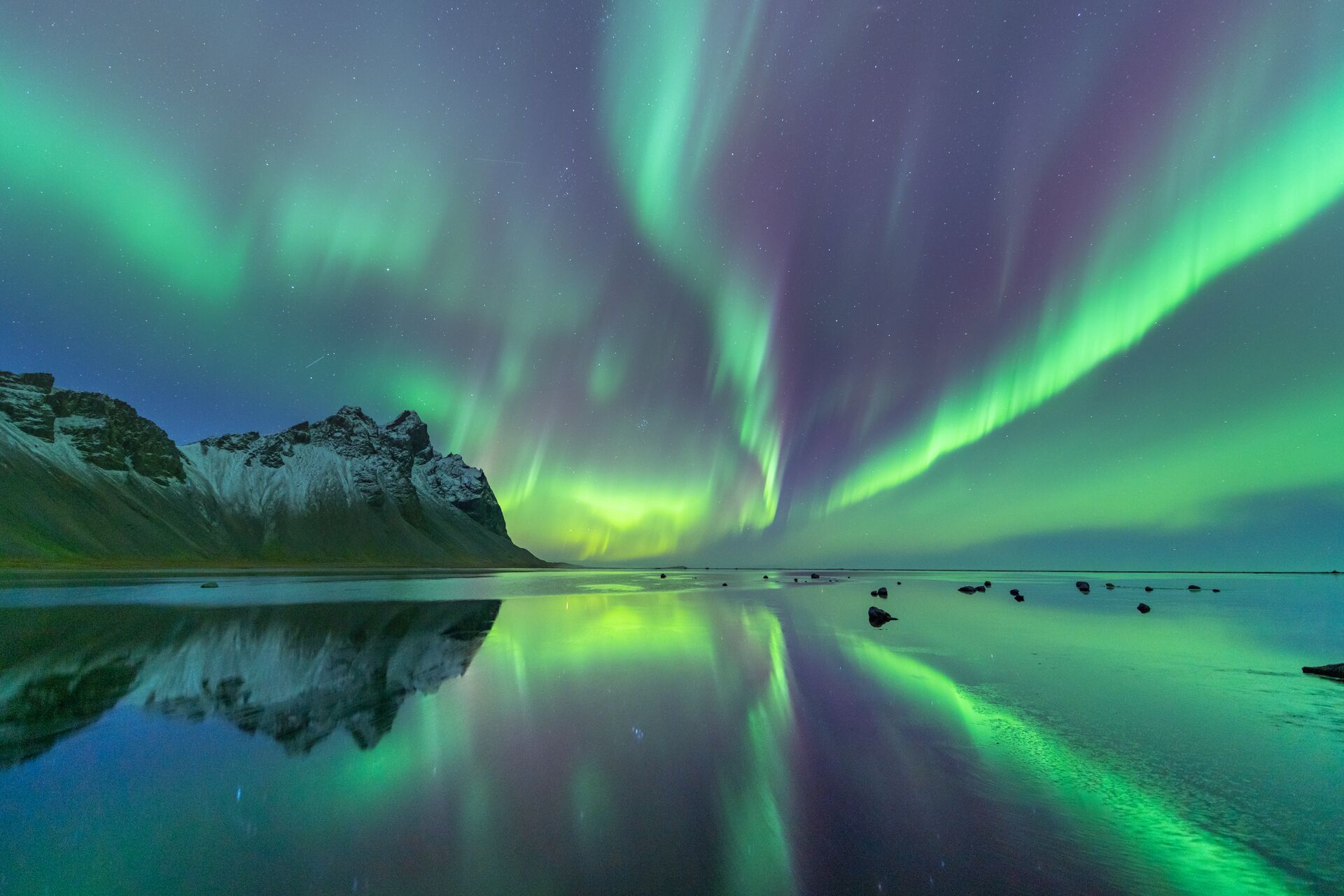
The northern lights are a result of interactions between the Earth’s magnetic field and charged particles from the sun. As solar winds carry these charged particles towards Earth, they collide with molecules in the upper atmosphere. This releases energy in the form of light.
The phenomenon occurs primarily near the Earth’s magnetic poles. So the Northern Lights are predominantly visible in high-latitude regions such as Alaska, Canada, Iceland and Scandinavia.
Northern Lights history
The first recorded observations of the northern lights history can be traced back to ancient times. While the exact date is uncertain, historical accounts suggest the lights were witnessed as early as 2,600 years ago.
The earliest written records of the northern lights story come from ancient civilizations such as the Greeks and the Chinese. Greek philosopher Aristotle documented a peculiar glow in the sky around 330 BCE, while Chinese astronomers made similar observations around 200 BCE. These early accounts described the Northern Lights as a celestial spectacle, often associated with mythical or supernatural significance.
Bookmark for later: The Northern Lights: What are they & where to see them
The colors of the Northern Lights explained
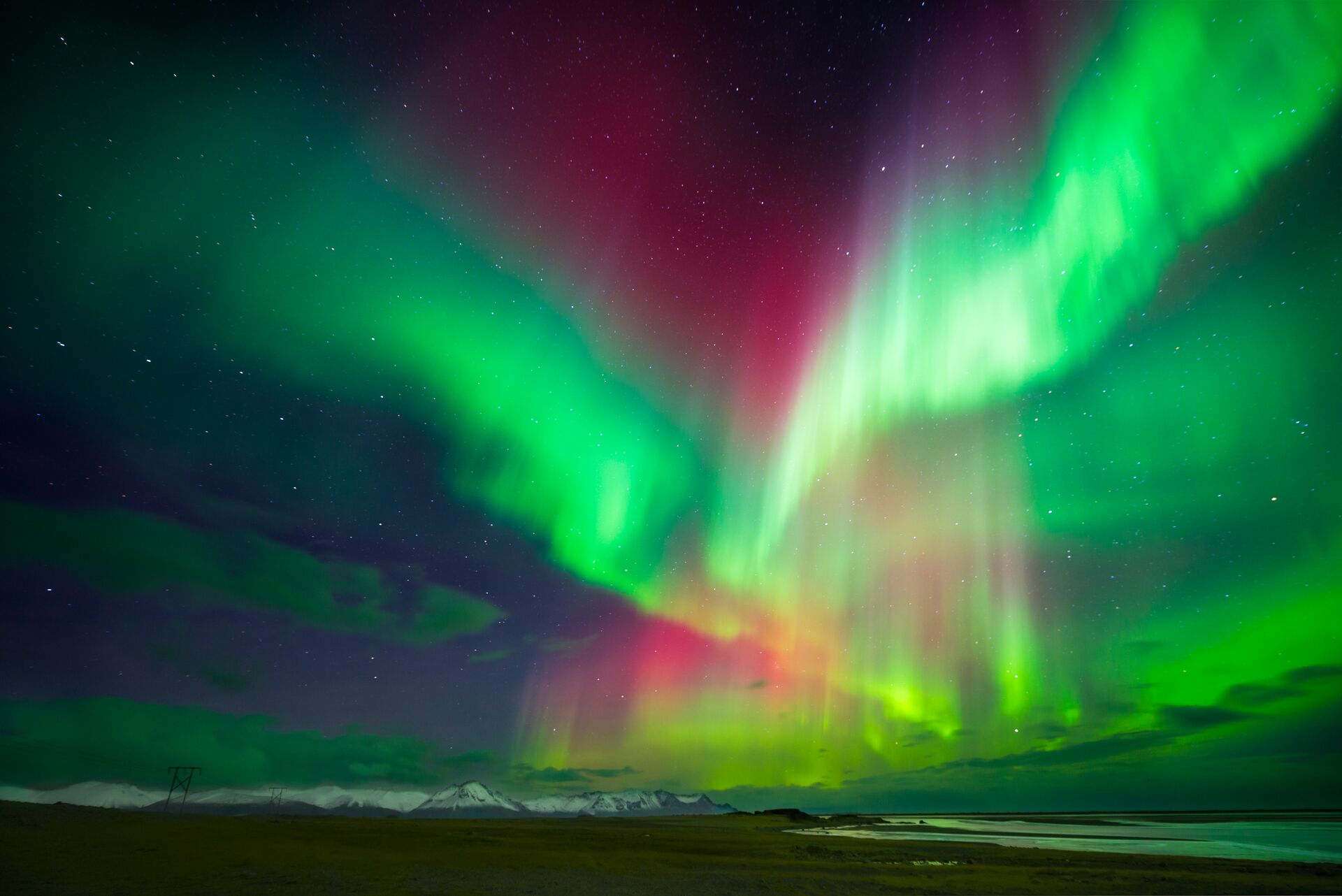
The variation in colors is primarily due to the type of gas particles involved in the interaction with charged particles from the sun. The most common color observed in the northern lights is green. This green hue occurs when charged particles collide with oxygen atoms in the Earth’s atmosphere. Specifically, the green light is emitted when the oxygen atoms are excited and then return to their original state.
In addition to green, other colors can be seen depending on the altitude and the type of gas particles present. At higher altitudes, where the atmosphere is thinner, nitrogen molecules can be excited and emit red or pink colors. At lower altitudes, oxygen atoms can emit red or purple hues. Furthermore, variations in the intensity of the solar particles and the energy of the collisions contribute to the color range.
You might also be interested to read: Sleep under the stars and watch the Northern Lights at this iconic hotel
Mythology and spiritual significance
Throughout history, the northern lights continued to mystify people across different cultures. There are many Northern lights Indigenous stories as the lights held deep cultural and spiritual significance for communities living in the polar regions. In many of these communities, the lights are seen as celestial dancers or spirits, bringing messages from the spirit world.
According to Norse mythology, the aurora borealis was thought to be the shining armor of Valkyries, mystical female figures who selected fallen warriors for the afterlife. For the Finns the lights were considered the fiery sparks created by a magical firefox dashing across the snow.
Algonquin legend held that the northern lights represented the spirits of ancestors playing a celestial game with a walrus skull and, in Inuit mythology, the lights were believed to be the spirits of the departed engaged in a mesmerizing dance, providing messages and guidance to the living. For the Sami, the lights were attributed to the energy released when the mythical Fossefall, a supernatural waterfall, splashed against the sky.
We think you’ll also like: Meet the Sami, the last indigenous people of Europe.
Predicting their appearance
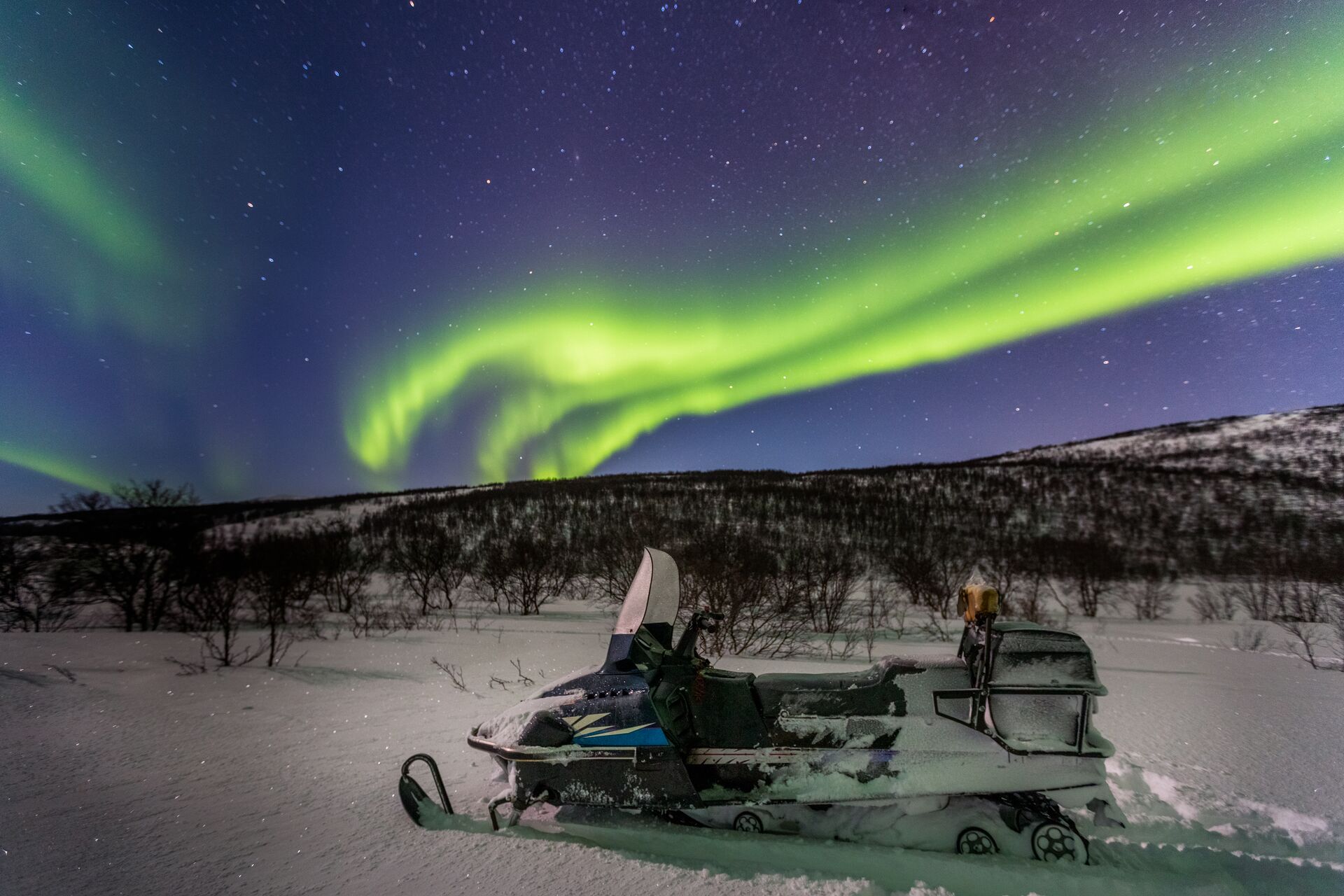
While the northern lights can be unpredictable and elusive, scientists have made significant strides in forecasting their occurrence. They monitor solar activity, particularly solar flares and coronal mass ejections. This helps experts estimate when geomagnetic storms might occur, increasing the likelihood of seeing the lights. Advanced satellite technology and ground-based measurements aid in predicting their intensity and visibility.
The dazzling discrepancy: photographs versus reality
It is important to note that the vividness of the northern lights is often enhanced in photographs. In reality, the lights may appear less vibrant to the naked eye. The reason behind this lies in the sensitivity of camera sensors to capture low-light conditions. Cameras can accumulate light over several seconds or minutes, amplifying the colors and intensifying the visual impact. Nevertheless, witnessing the northern lights firsthand remains an awe-inspiring experience, even if they may not match the brilliance seen in photographs.
You might also be interested to read: The Insight packing guide for chasing the Northern Lights
The Mystique of the Southern Lights
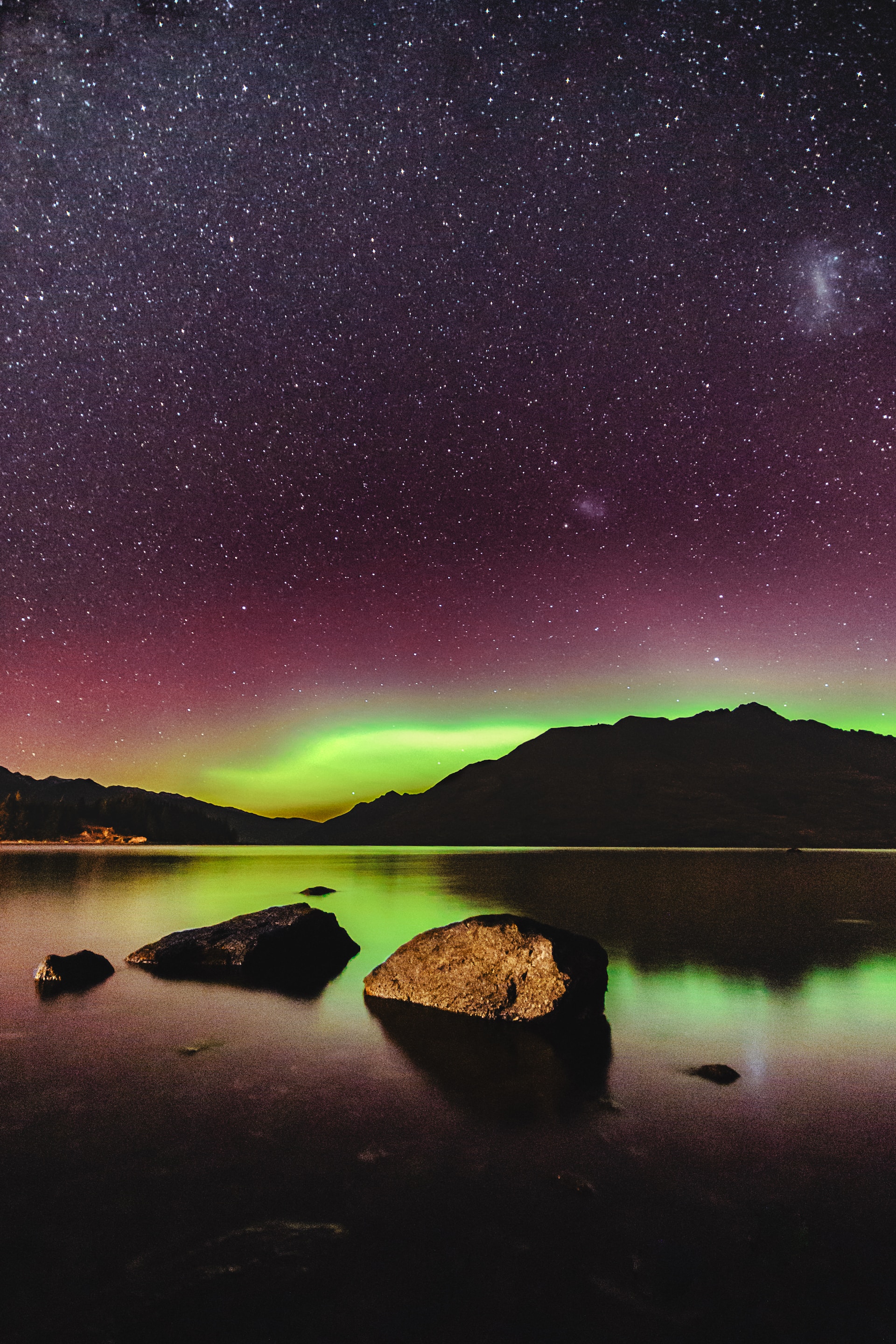
The southern lights, or aurora australis, mirror the northern lights in their mesmerizing beauty. This cosmic spectacle creates a mesmerizing display of vibrant colors, including shades of green, red, purple, and blue, dancing across the horizon. Occurring in high-latitude regions of the Southern Hemisphere, including Antarctica, New Zealand, and southern parts of Australia and South America, the southern lights offer a stunning counterpart to their more famous northern light show and are equally as fascinating to witness.
Scenic Iceland and the Northern Lights
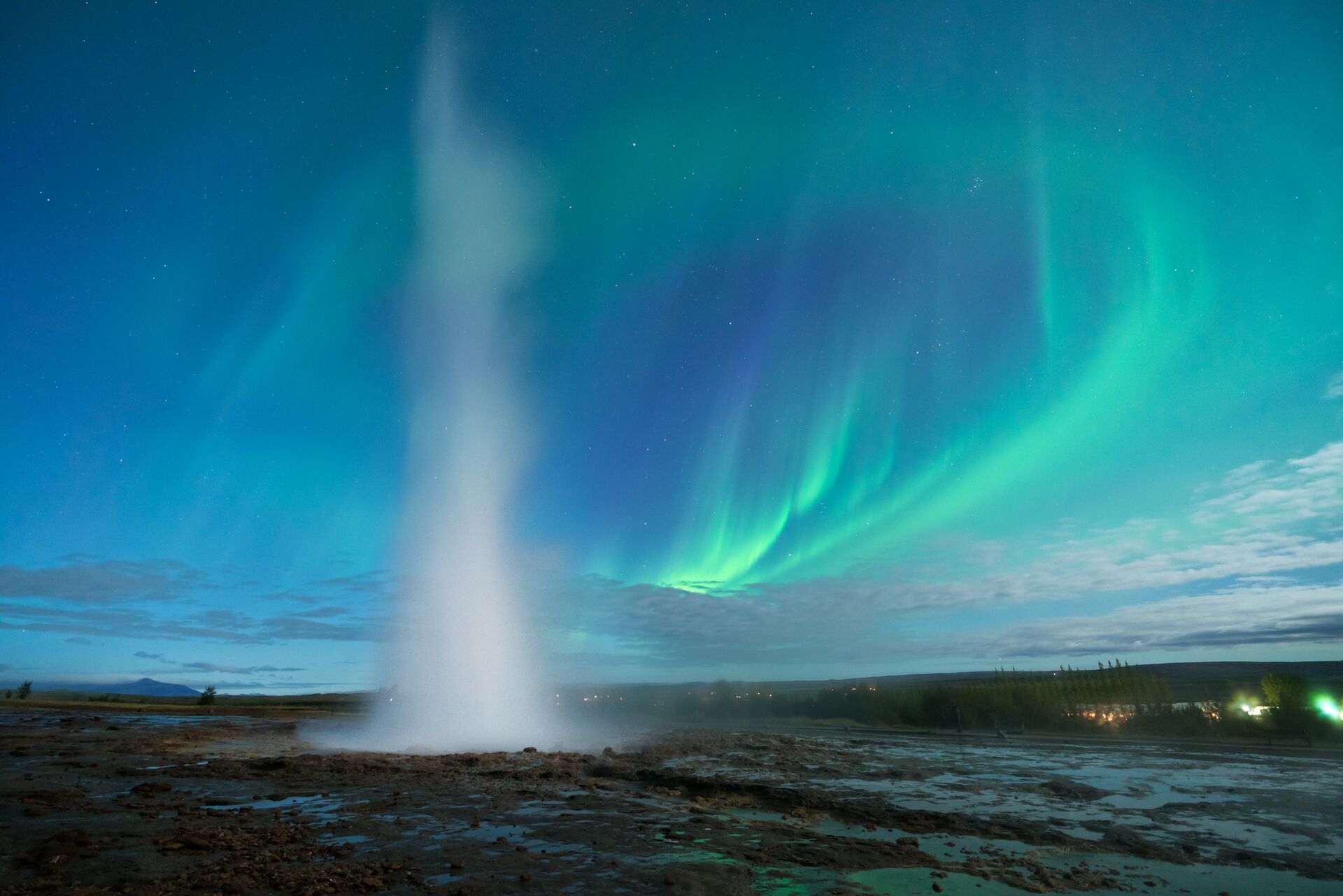
Admire the northern lights dancing overhead in Reykjavik, marvel at exploding hot springs in Geysir and thundering waterfalls of Skógafoss on this 1-week tour of intriguing Iceland’s natural wonders. At a geothermal bakery, fresh bread is dug out of the hot ground before your very eyes and put your horticulture skills to the test at Friðheimar’d huge tomato farms. Combined with stylish hotels and delicious dining, this is Iceland at its best.
Discover this on: Scenic Iceland and the Northern Lights
